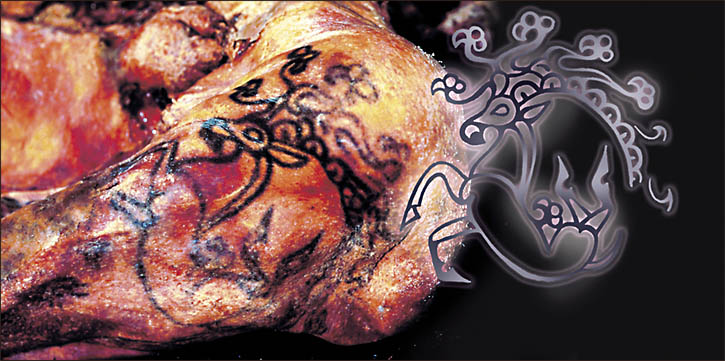
The 1993 discovery of a tattooed “princess” in a burial on the high Ukok Plateau in the Altai region of southern Siberia drew much deserved archaeological attention back to the region that also yielded the famous Pazyryk tombs. But it also had a rather remarkable impact on the complex intersection of archaeology, memory, and genealogy. A recent article Siberian Times on the find and its ensuing controversy can be found here:
Siberian princess reveals her 2,500 year old tattoos.
The final section of the article raises the most interesting–and for archaeologist, worrisome–issue. Following a series of happenings–both human and environmental–that attended the removal of the body from the Altai region, a repatriation movement arose demanding the return of the “princess”. Following extended negotiations, the body was moved from its original home in Novosibirsk and this month appears on display in a new home at the Altai Museum in Gorno-Altaisk. But the impact of rediscovery continues to shape regional research:
The Altai authorities have now declared the remote mountain area from where the princess and her kinsmen were buried as a ‘zone of peace’ where no more excavations will take place, despite the near-certain treasures lying in the permafrost.
What is worrisome here is the equation of the absence of archaeology as a state of “peace”. Archaeological research then is equated with an act of violence. While archaeology can play a role in strategies of domination and can be used as a tool of appropriation, it need not be and the discipline is in considerable jeopardy if we let it become that. This means working collaboratively with local stakeholders such that a “zone of peace” is a place where archaeology takes place, not an area from which it is absent.